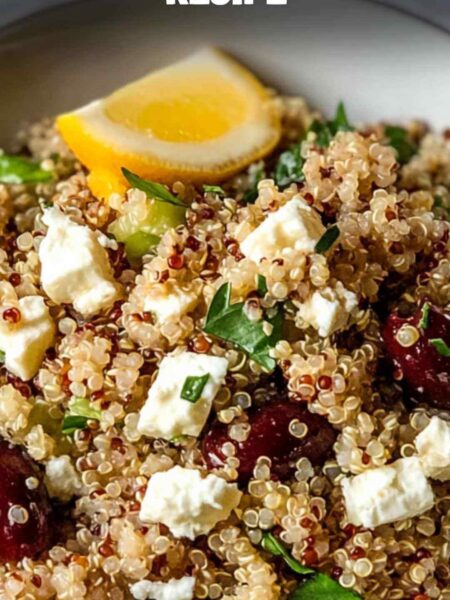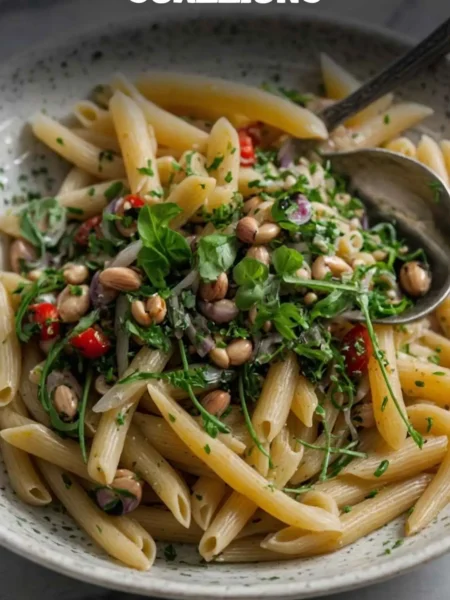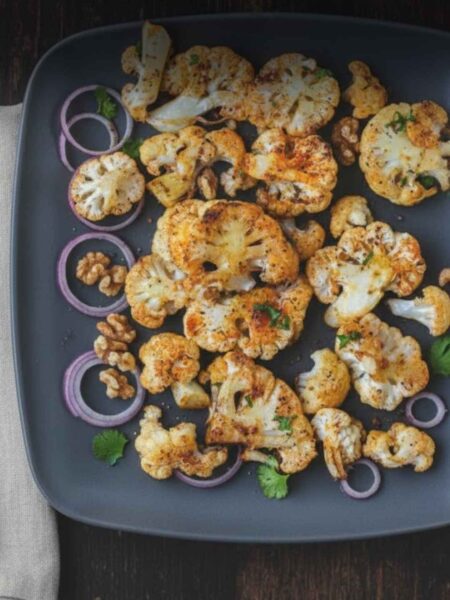Before diving into the world of farro, let’s chat about what you can pair with this delightful grain. Farro is incredibly versatile. You can enjoy it as a base for salads, in grain bowls, or even warm with your favorite roasted veggies.
For a refreshing summer dish, consider adding bright cherry tomatoes, crisp cucumbers, and a zesty lemon vinaigrette. If you’re feeling cozy, pair farro with mushrooms sautéed in garlic and a sprinkle of parmesan. The nutty flavor of farro complements many ingredients, so get creative!
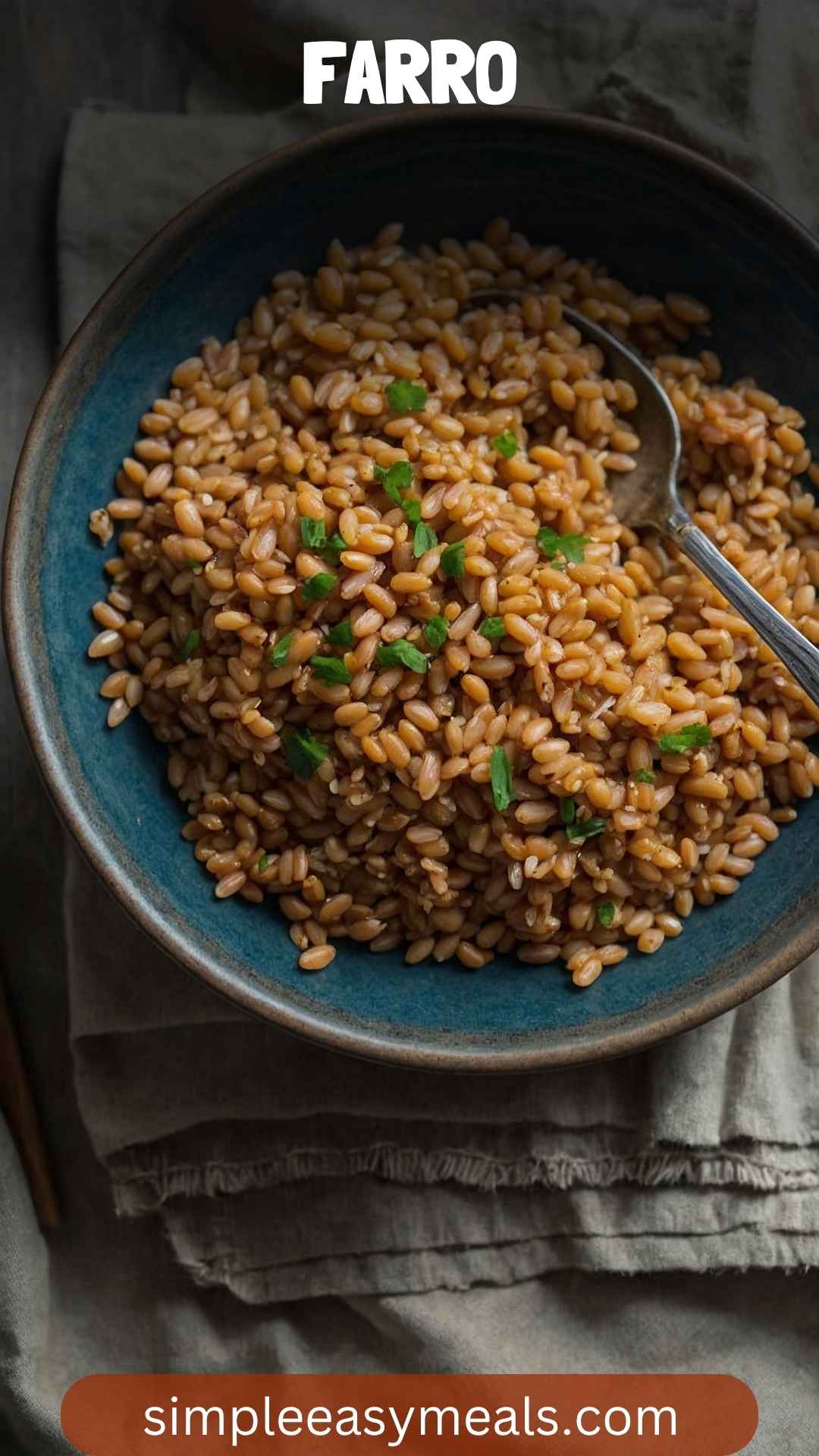
What is Farro?
Farro originates from ancient grains, often referred to as “emmer wheat.” It’s been a staple in Mediterranean diets for centuries. This grain is known for its chewy texture and nutty flavor. It’s packed with nutrients, including fiber, protein, and various vitamins and minerals.
Each type of farro has unique characteristics: whole grains, semi-pearled, and pearled. Whole farro retains its bran and germ, making it the most nutritious. Semi-pearled has some bran removed for a quicker cooking time, while pearled farro cooks the fastest but loses some nutrients. For busy home cooks, semi-pearled is a fabulous choice.
How Does It Taste Like?
Imagine biting into a nut; that satisfying crunch and delightful nuttiness are what farro offers. The grain has a gentle chewy texture, making it a hearty addition to any meal. It’s not overpowering, which means it melds beautifully with a myriad of flavors.
Whether you’re tossing it into a salad or serving it as a side dish with roasted chicken, farro can adapt and enhance other ingredients without overshadowing them. Just be ready—this grain has a way of stealing the spotlight!
Why You’ll Love This!
First, farro is a nutritional powerhouse. Packed with protein, fiber, and essential nutrients, it supports digestive health and helps keep you full longer.
Second, it’s incredibly versatile. You can use it in salads, soups, and bowls.
Third, cooking it is a breeze. If time is tight, it cooks faster than many whole grains, and you can make a big batch to use throughout the week. Plus, once you become acquainted with farro, its unique taste and satisfying texture will have you craving it!
Ingredients
1 cup uncooked farro
4 cups filtered water
¼ teaspoon fine sea salt, adjust to taste
1 small garlic clove, finely minced or pressed
1 small fresh rosemary sprig
½ teaspoon freshly ground black pepper
A light drizzle of extra virgin olive oil

Step-by-Step Directions
Step 1: Rinse the Farro
Start by measuring out your 1 cup of uncooked farro. Place it in a fine-mesh strainer and rinse it under cold water. This helps remove any debris or dust from the grain. Trust me; this step enhances the overall taste.
Step 2: Boil the Water
In a medium-sized pot, bring 4 cups of filtered water to a rolling boil. Adding salt to the water can enhance the flavor of farro, so feel free to adjust to your taste.
Step 3: Cook the Farro
Once the water is boiling, stir in your rinsed farro. Lower the heat to medium, cover the pot, and let it simmer. For semi-pearled farro, cook for 25–30 minutes until it’s tender yet chewy. If using whole farro, expect to simmer for 40–60 minutes. Check for doneness; it should have a pleasant bite.
Step 4: Drain and Season
Once cooked, drain any excess water using a strainer. Return the farro to the pot. Add in your minced garlic and fresh rosemary. Stir in black pepper and a drizzle of extra virgin olive oil. Allow the residual heat to bloom the flavors for a few minutes.
Step 5: Serve
After seasoning, farro is ready to serve. You can eat it warm, cold, or as a base for salads. Garnish with fresh herbs, your favorite vegetables, or proteins—whatever tickles your fancy!
Tips on Making Farro
Rinse Thoroughly: Always rinse your farro. This not only improves flavor but helps achieve the best texture.
Check for Doneness: Not all farro cooks the same! Keep testing it for that perfect bite and adjust your cooking time accordingly.
Batch Cook: Make a large batch of farro. Store it in the fridge for easy use in salads and sides throughout the week.
Experiment with Broth: For extra flavor, cook farro in vegetable or chicken broth instead of plain water.
Get Creative with Seasoning: Don’t be shy! Try adding spices like smoked paprika, cumin, or herbs to the cooking water for added flavor.
Nutrition Information
Farro is nutrient-dense. Per 1 cup of cooked farro, you get approximately:
- Calories: 220
- Protein: 7 grams
- Fiber: 7 grams
- Carbs: 45 grams
- Vitamin A, magnesium, and iron: Present in decent amounts
These values can vary based on the preparation method. It’s a great choice for those looking to boost their nutritional intake without sacrificing flavor!
How Do You Store Farro?
To preserve the freshness of uncooked farro, store it in a cool, dry place in an airtight container. It can last for several months prior to cooking. Once cooked, allow farro to cool completely before transferring it to a sealed container.
Place it in the refrigerator, where it will stay fresh for about 5-7 days. Need a longer-lasting option? You can freeze cooked farro for up to three months.
What Other Substitutes Can You Use in Farro?
Quinoa: Offers a crunch similar to farro. It’s gluten-free and takes less time to cook.
Barley: Rich in flavor. It has a hearty texture and is packed with fiber—great for soups.
Brown Rice: Nutrient-rich and versatile. It can absorb flavors well, although it has a different texture.
Bulgur Wheat: Cooks quickly and has a light, nutty flavor. Perfect for salads and pilafs.
Freekeh: Young green wheat that has a unique smoky flavor. Great for Mediterranean dishes.
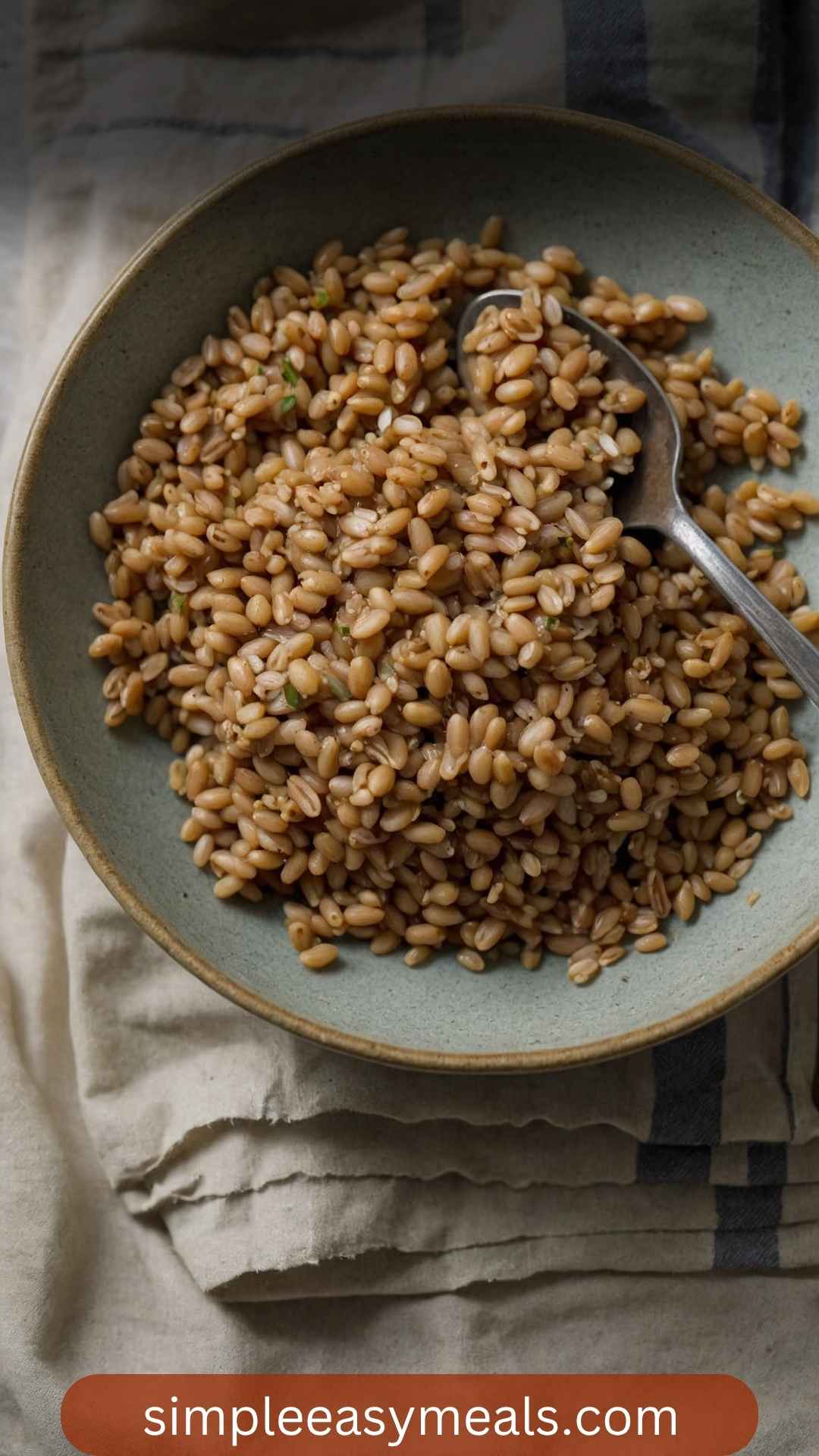
Conclusion
Embracing farro in your kitchen not only adds variety but also offers a wealth of nutritional benefits. Whether serving it hot or cold, this ancient grain can elevate your meals with its hearty and satisfying characteristics.
You can experiment endlessly with it, creating unique dishes infused with flavors. Try it out for your next gathering or meal prep. I assure you, farro will quickly become a beloved staple in your home, just as it has in mine!
You’ll also like the following recipes!
Farro – Simple Easy Meals
When I first encountered farro, I was taken by its unique texture and flavor. As a busy dietitian and food enthusiast, I'm always on the lookout for nutritious grains that fit seamlessly into my meals.
Farro quickly became a staple not just for me but for my friends and family too. It can elevate a dish from mundane to magnificent in moments! Let’s journey through what makes farro special, how to prepare it perfectly, and why it should be your next kitchen hero.

Ingredients
Instructions
Step 1: Rinse the Farro
-
Start by measuring out your 1 cup of uncooked farro. Place it in a fine-mesh strainer and rinse it under cold water. This helps remove any debris or dust from the grain. Trust me; this step enhances the overall taste.
Step 2: Boil the Water
-
In a medium-sized pot, bring 4 cups of filtered water to a rolling boil. Adding salt to the water can enhance the flavor of farro, so feel free to adjust to your taste.
Step 3: Cook the Farro
-
Once the water is boiling, stir in your rinsed farro. Lower the heat to medium, cover the pot, and let it simmer. For semi-pearled farro, cook for 25–30 minutes until it’s tender yet chewy. If using whole farro, expect to simmer for 40–60 minutes. Check for doneness; it should have a pleasant bite.
Step 4: Drain and Season
-
Once cooked, drain any excess water using a strainer. Return the farro to the pot. Add in your minced garlic and fresh rosemary. Stir in black pepper and a drizzle of extra virgin olive oil. Allow the residual heat to bloom the flavors for a few minutes.
Step 5: Serve
-
After seasoning, farro is ready to serve. You can eat it warm, cold, or as a base for salads. Garnish with fresh herbs, your favorite vegetables, or proteins—whatever tickles your fancy!
Nutrition Facts
Servings 3
- Amount Per Serving
- Calories 220kcal
- % Daily Value *
- Total Carbohydrate 45g15%
- Dietary Fiber 7g29%
- Protein 7g15%
* Percent Daily Values are based on a 2,000 calorie diet. Your daily value may be higher or lower depending on your calorie needs.
Note
- Rinse Thoroughly: Always rinse your farro. This not only improves flavor but helps achieve the best texture.
- Check for Doneness: Not all farro cooks the same! Keep testing it for that perfect bite and adjust your cooking time accordingly.
- Batch Cook: Make a large batch of farro. Store it in the fridge for easy use in salads and sides throughout the week.
- Experiment with Broth: For extra flavor, cook farro in vegetable or chicken broth instead of plain water.
- Get Creative with Seasoning: Don’t be shy! Try adding spices like smoked paprika, cumin, or herbs to the cooking water for added flavor.


